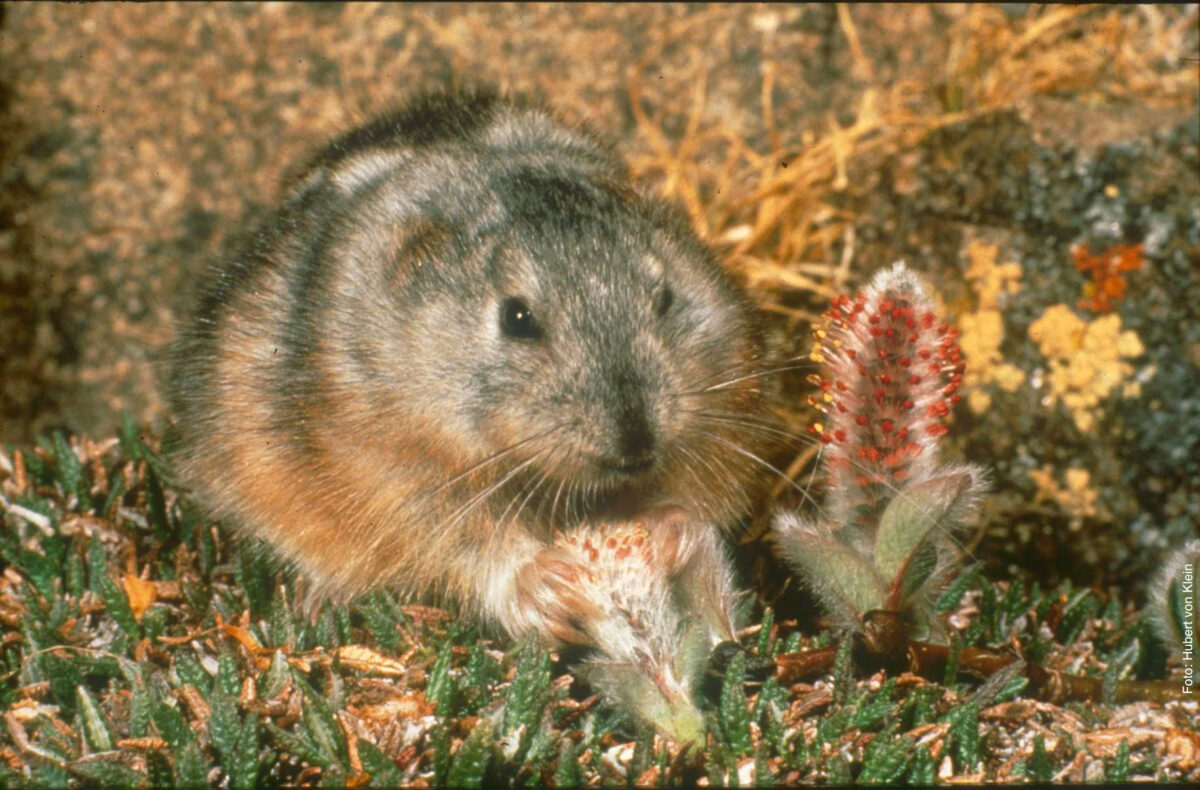Lemmings are a key species for the ecosystem of the Arctic tundra. These small rodents are a food source for a variety of other animals, such as snowy owls, long tailed skuas, stoats, and arctic foxes. The Karupelv Valley Project is investigating the processes that govern the cyclic fluctuations of lemming populations in North-East Greenland since 1988. More than three decades of yearly fieldwork in the study site of Karupelv, on Traill Island, in the North-East Greenland National Park, yielded unequaled observations on the effects of climate change on lemming populations, and consequently arctic ecosystems. The cyclical outbreaks in lemming populations faded since the early 2000s. The outstanding research achievements of the project include models raised from the long-term observations that foster a better understanding of how populations, communities, and other components interact. The modeling approaches also proved well suited for testing ecological theory.
The Karupelv Valley Project is jointly carried out under the auspices of the University of Freiburg (D) and the Groupe de Recherche en Ecologie Arctique (F). It has received increased attention from the scientific community for the achieved insights into the impact of climate change on Arctic ecosystems.
Research topics
- What are the drivers of lemming cycles?
- Lemmings as a keystone species in a high arctic predator community
- Effects of climate change on a high arctic ecosystem
Methods
- Exhaustive census of lemming winter nests to assess yearly population fluctuations
- Systematic monitoring of the predator guild
- Tracking of bird and mammals of this community
Responsible person
Dr. Benoît Sittler, Karupelv Valley Project, University of Freiburg
